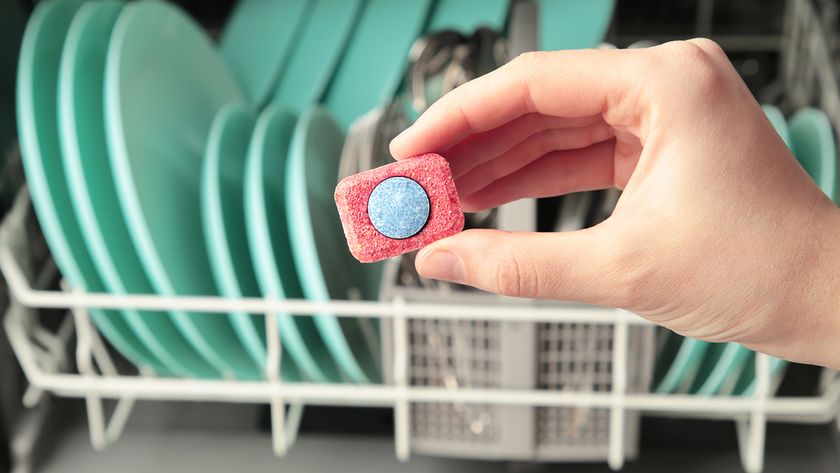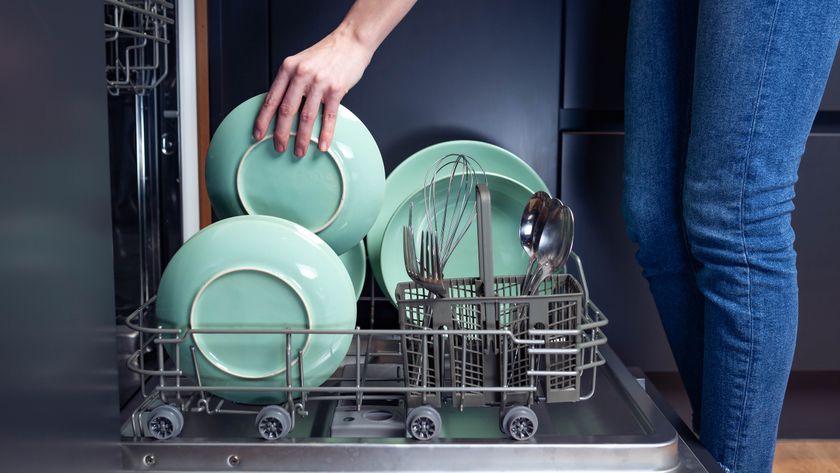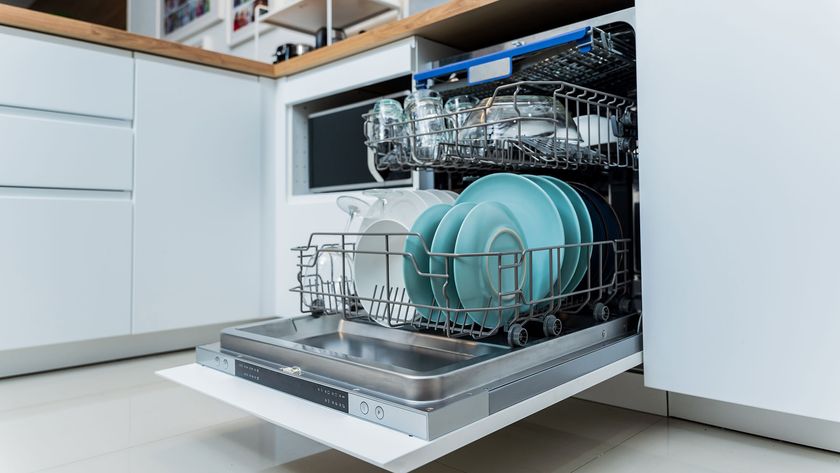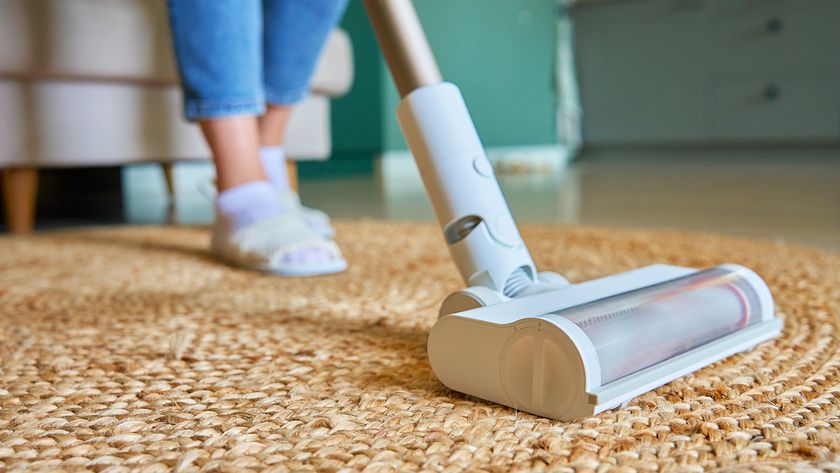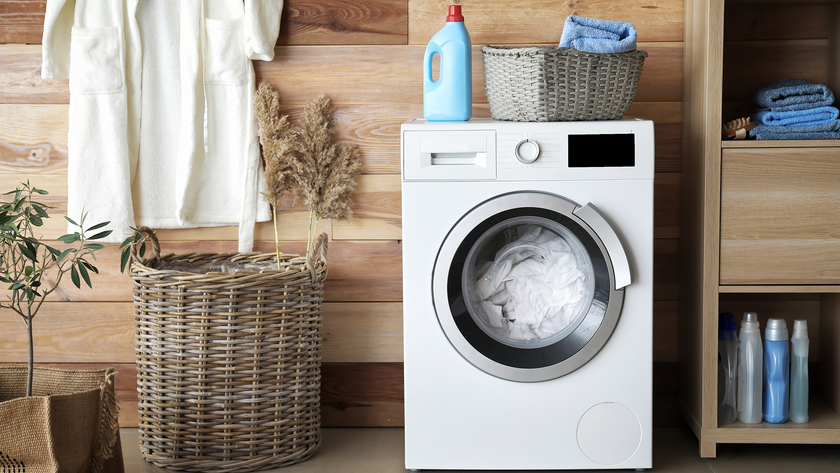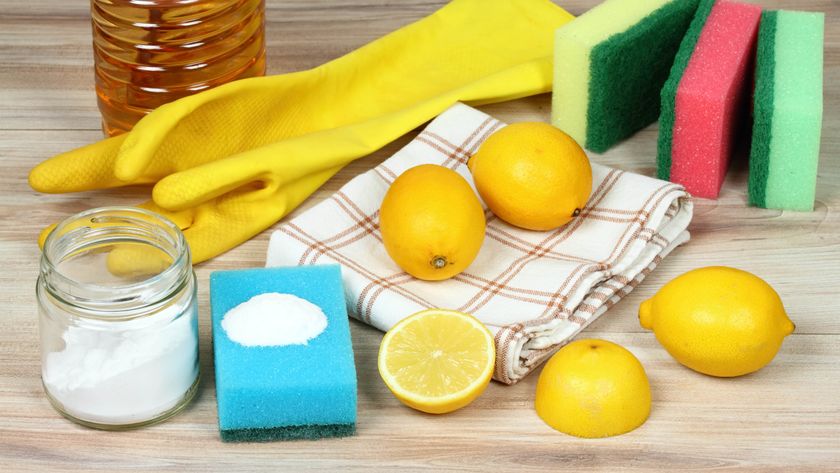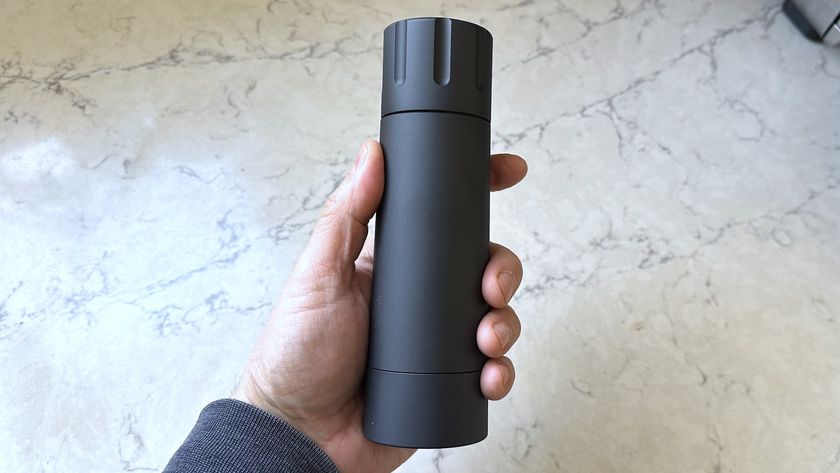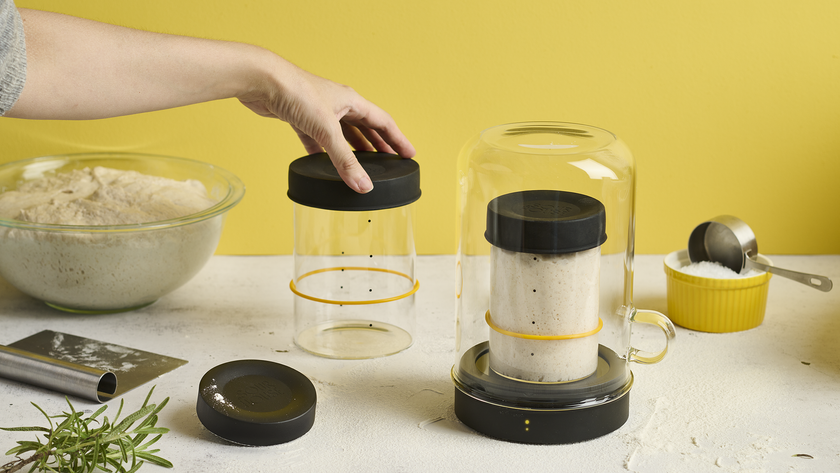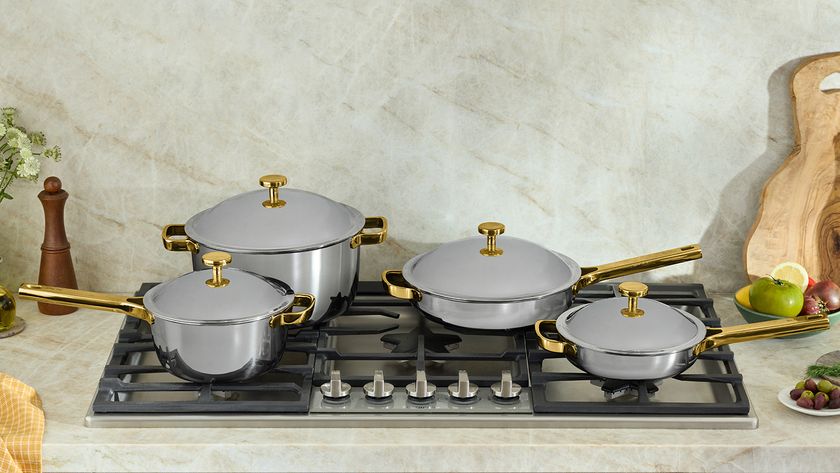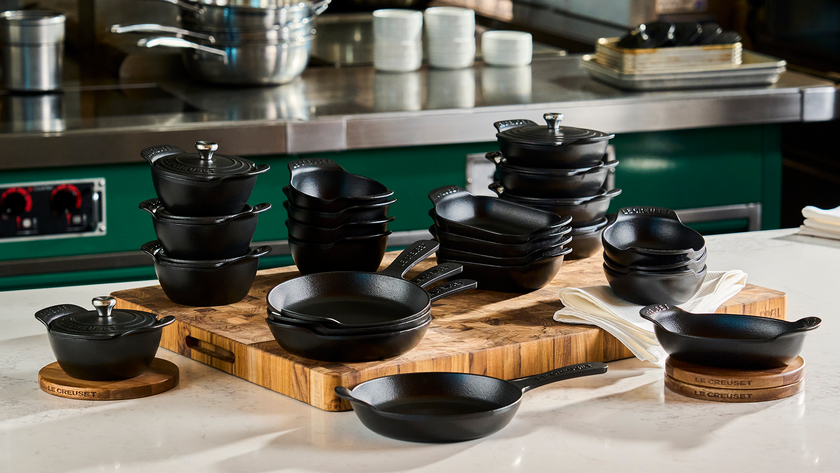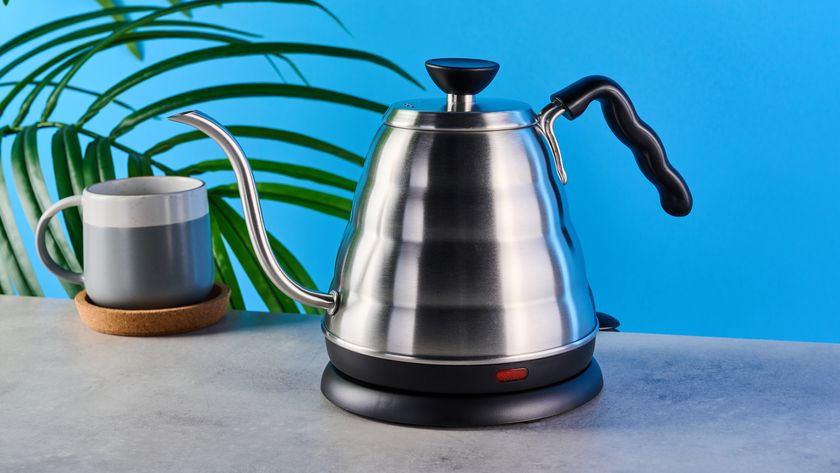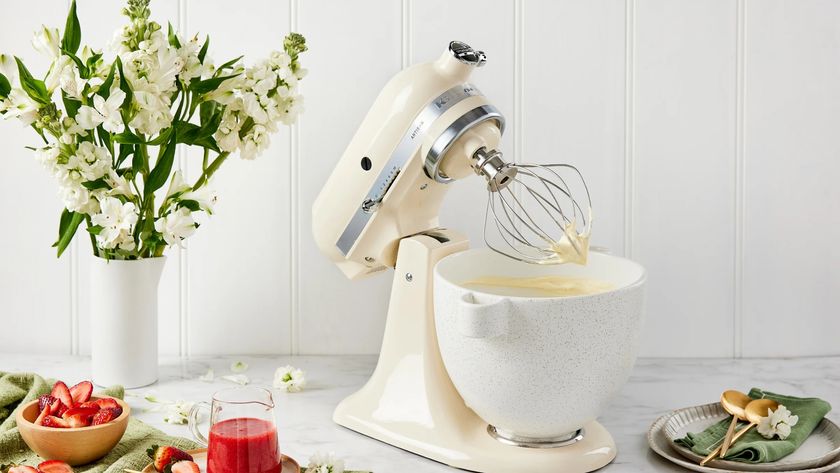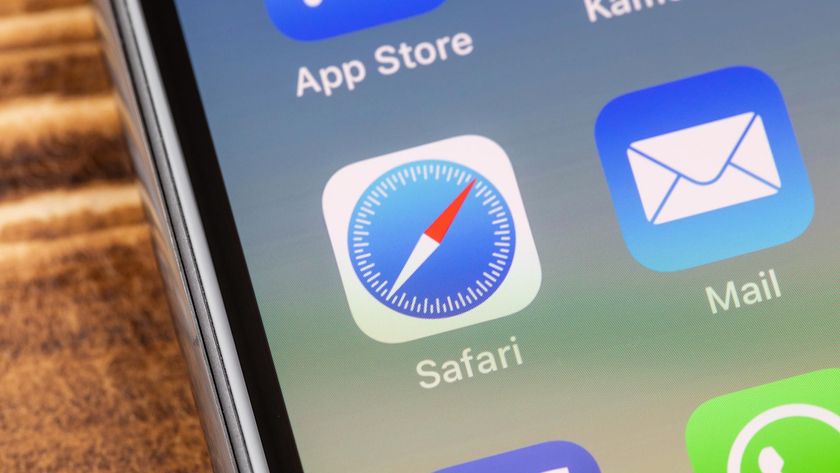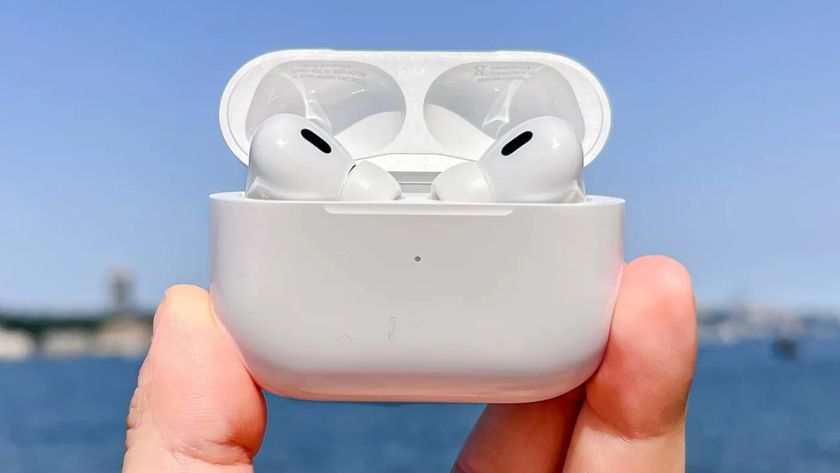How to unclog a dishwasher
Here's how to unclog a dishwasher and drain it, without needing to call in a professional
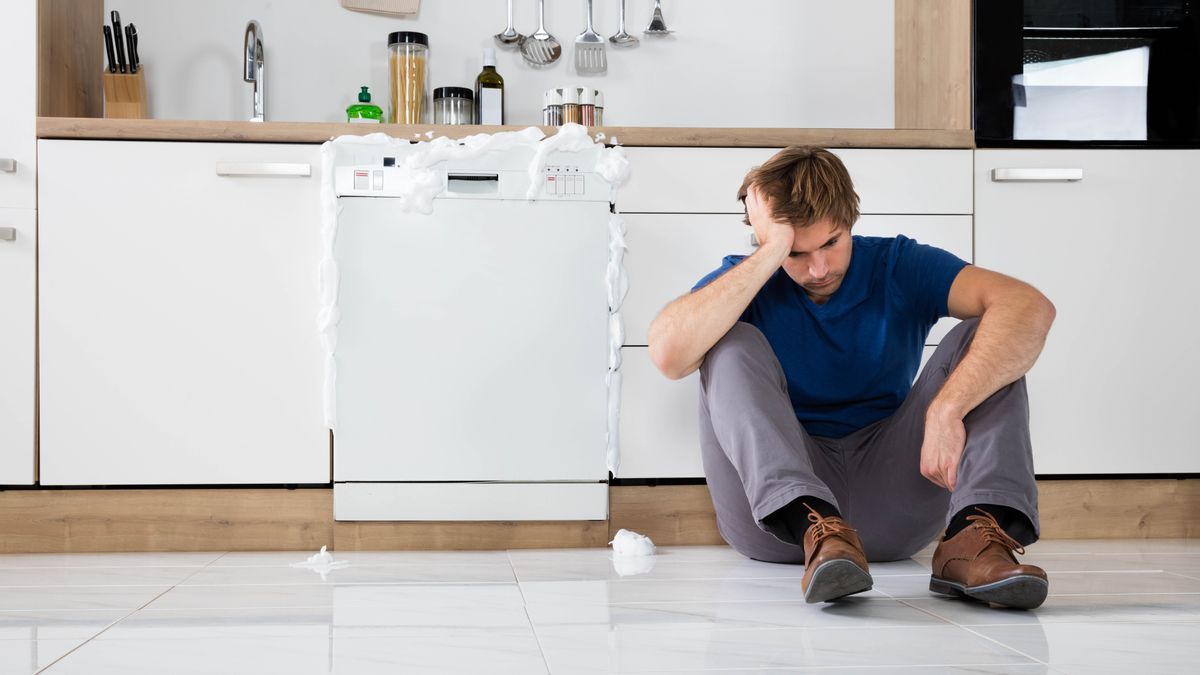
Knowing how to unclog a dishwasher could save you a fortune if it avoids the need for you to call in a professional.
It’s never nice when you open your dishwasher to find a pool of murky water sitting inside. Dishwashers can easily get blocked, as most of us use them on a daily basis. Blockages can occur for a number of reasons, but they're usually due to food residue building up. This happens over time, even if we thoroughly scrape our plates before we load them.
- Check out how to load a dishwasher the right way
- Here's how to clean a shower head
Before you call a professional plumber, though, there are a few simple steps you can take to unclog and drain your dishwasher yourself. So read on and we'll show you how to unclog a dishwasher.
How to unclog a dishwasher
Before starting you should check whether any of the following steps work regularly by running a fresh cycle and giving the pump a chance to drain itself. You may have already fixed the problem before step 1!
To do so, simply start a cycle. You will hear the pump run, and once that stops running, cancel the program. Open the door and see if it has drained. Remember to unplug the machine to continue to the next step if it’s not fixed.
If you need to manually empty the machine of water, place towels around the front in case it leaks onto your floor. You can then empty it by hand using a jug or cup. When you reach a shallow level of water, you can soak up the remaining liquid with a towel and wring it over the sink. Don’t forget that there’s more water hidden in the filter, too.
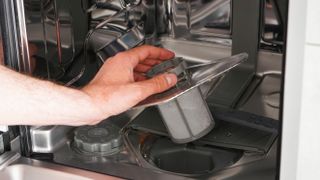
1. Run the garbage disposal unit. The two are connected and a fix can be as simple as clearing unground food. Check to see if the water drains once you’ve done this. If that doesn’t help, the problem is likely to do with the dishwasher itself.
Sign up to get the BEST of Tom's Guide direct to your inbox.
Get instant access to breaking news, the hottest reviews, great deals and helpful tips.
2. Switch off and unplug the dishwasher for safety and remove everything including the baskets.
3. Remove the filter and clear any food debris which you can see inside the cavity. This may be causing the blockage. Clean the filter and replace it.
4. Test to see if the water drains by starting a fresh cycle.
5. Check the drain hose. You will need to manually empty the machine of water and pull it away from the wall to find it, or it might be under the sink. Straighten out any bends or kinks in the hose, as this can slow the flow of water.
6. You may want to call a professional at this point, but if you feel comfortable doing this yourself, you can disconnect the hose from the pump following guidance from your manual — have a bucket or large vase ready to collect any excess water.
7. You can check for blockages by holding a flashlight to the pipe and looking for shadows, or you can blow through the hose. You want the air to flow through it. If you spot a blockage and can reach it, you can dislodge it using a brush cleaner such as this Flexible Brush for Vinyl Tubes or you can create one using a straightened coat hanger. Just be sure that there are no sharp points so it won’t puncture the hose. If you can’t reach the blockage, you should look into buying a replacement hose. Once clear, remember to refit the hose properly, or you could be facing another puddle.
8. Try running a cycle again to see if that’s fixed the problem.
9. If nothing comes of this, your pump could be faulty, so you may need to consider replacing the whole appliance. Here are the best dishwashers for ideas.
How to drain a dishwasher before moving
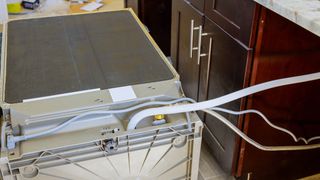
This is a lot more simple than it sounds. Simply run a cycle to drain the appliance. Switch off the power and unplug it and switch off your water supply to the appliance, too.
Follow the instructions in your dishwasher’s manual to disconnect the drain hose and water supply line. Remember to have a bucket handy to collect the excess water. And that’s it! You’re ready to haul the dishwasher to your new home. It’s a good idea to let it dry before packing it, and securing it thoroughly to prevent damage.
Tips to prevent blockages in the future
- Clean the filter regularly. We recommend checking it after every cycle.
- Make sure you scrape away any food residue from plates before loading into the dishwasher.
- Deep-clean your dishwasher once a month. This can help to prevent limescale as well as blockages.
- You can also run the hottest temperature cycle every so often to help clear it.

Katie Mortram used to be a Homes Editor for Tom's Guide, where she oversaw everything from kitchen appliances to gardening tools, as well as smart home tech. Specializing in providing expert advice for cleaning and home manintenance, she now works as Household Advice Editor for Good Housekeeping.
